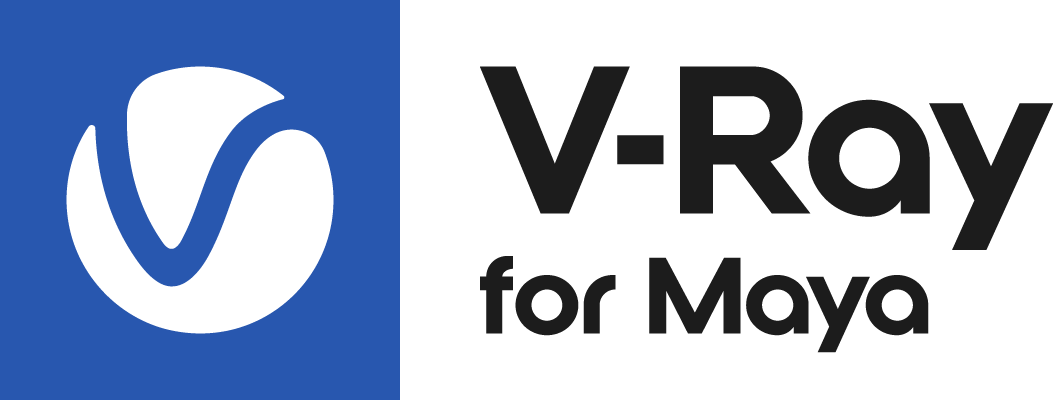This page provides information on the V-Ray Multi Sub-Object Map.
Overview
The VRayMultiSubTex texture distributes multiple textures to many objects via one single material based on specified IDs or a random distribution.
In the image shown here, VRayMultiSubTex's Get ID from parameter has its type set to Object ID. Each part of the ball is assigned a texture. The VRayMultiSubTex is then assigned to the diffuse channel of a single VRayMtl.
Parameters
Default Color – Specifies a default color or texture for objects without Object IDs.
Get ID from – Specifies the meaning of the ID parameters.
Use object ID – The VRayMultiSubTex considers the Object IDs of the object when feeding the data (color or texture) to the material.
Random by render ID – The VRayMultiSubTex assigns random colors based on RenderIDs (internally generated by V-Ray).
Random by node name – Generates a color index based on the name of the node that the texture is applied to.
Random by instance ID – The VRayMultiSubTex assigns random colors based on the IDs of objects instanced with the particle instancer in Maya.
Random by scene name – The VRayMultiSubTex assigns random color/texture based on each object's full scene path. A full scene path means that it can be used for multiple objects with the same name but located on different levels/branches in the hierarchy of the scene, e.g. instances in different groups. This option preserves the same random result per object, even if one or more objects are added or deleted from the group.
Texture Switch – Enables the Switch texture parameter to determine which texture is used in the material.
Switch texture – A floating point value that calls the texture from the Texture List (below in the UI) by the ID number.
Interpolate – If the switch value falls between two textures from the Texture list, this interpolate between them. Otherwise, when disabled, the closest texture from the list is used.
Loop Through Textures – This option works in Use object ID mode. When the faces or objects assigned with VRayMultiSubTex map are more than the sub-textures in the map, the Loop Through Textures option goes through all sub-textures and once they finish, reverts to the first sub-texture, continuing until all faces or objects get a sub-texture. In Use object ID mode all objects with assigned ID different than 0 get a sub-texture. The ones with object ID equal to 0 get the Default color.
Seed – When the mode is set to Random by node name, this parameter allows the user to change the randomization pattern.
Random Hue/Sat/Gamma – These three parameters control the randomization of the output color. Input value is percentage of the HSV/gamma range and specifies the maximum random deviation, where gamma range is fixed to [1/10,10]. See the Random Hue/Sat/Gamma example below.
Add New Item – Adds a new sub-texture to the texture list.
Used – Enables the sub-texture for rendering.
Value – For modes that use IDs, specifies the ID that corresponds to each texture.
How to Set up
To set up the VRayMultiSubTex:
- Connect VRayMultiSubTex to the material's desired input slot.
- From Texture List > Add New Item button add the needed number of subtextures.
- Connect the created textures to the VRayMultiSubTex subtexture slots, or create new subtextures from the checkered buttons in the Texture List.
Example: Random Hue/Sat/Gamma
The following example shows how the Random Hue/Saturation/Gamma affect the objects in the scene. Each example uses the maximum value of 100.
Example: Loop Through Textures
The following example shows how the Loop Through Textures option affects the distribution of texture applied to five geometries with different IDs.
Here, we have a MultiSubTex map with four sub-textures whose interval of valid IDs is [1 - 4]. We also have five geometries whose IDs range from 1 to 6. The IDs of the first four geometries fall within the texture's interval. The fifth geometry's ID (6) is outside that interval. We also have a default color - red.
When the Loop Through Textures option is disabled, the geometries with valid IDs get a texture of equal ID number. The texture whose ID is 6 gets a default color.
When the Loop Through Textures option is enabled, the geometry with ID = 6 is looped and gets the texture with ID = 2.
If we uncheck one of the textures, for example texture with ID = 2, V-Ray detects that there is no valid texture for the geometries with IDs = 2 and 6, and it assigns them a default color.
Common Uses
A few typical uses for the MultiSubTex Map are as follow:
- Animated values for Switch texture
- User attributes passed with userScalar
- Expressions (most common is "= frame" to pass the current frame number as the switch driver)















